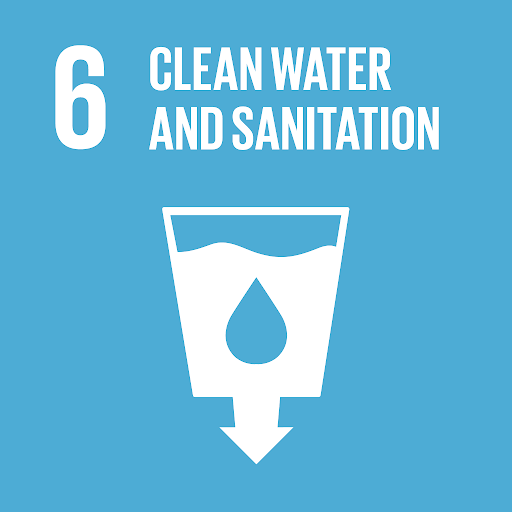Access to water is an essential service, underpinning healthcare, poverty reduction efforts, food security, peace and human rights, ecosystems, and education. Achieving SDG 6 not only affords a healthy and equitable livelihood to billions of people around the world- it mitigates the risk of water-scarcity based conflict. A 40% shortfall in freshwater resources by 2030 coupled with a rising world population threatens risk of a global water crisis.
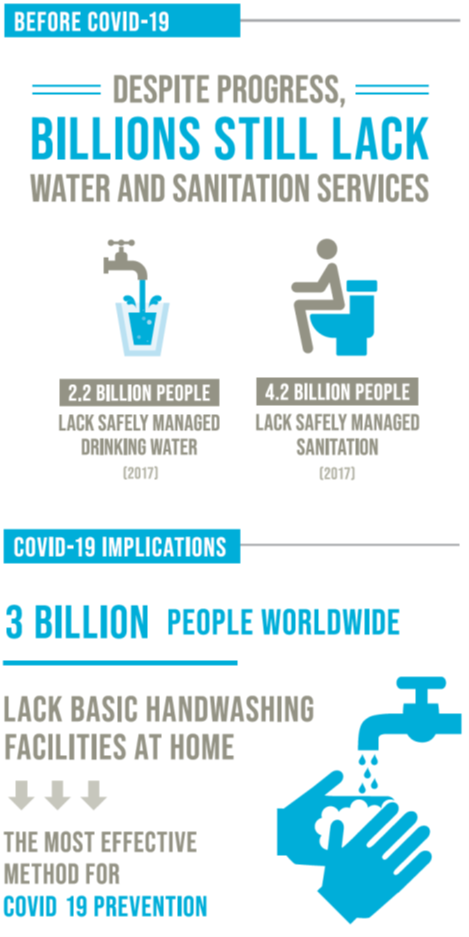
Lack of Access
“Clean water is a basic human need, and one that should be easily accessible to all. There is sufficient fresh water on the planet to achieve this. However, due to poor infrastructure, investment and planning, every year millions of people- most of them children- die from diseases associated with inadequate water supply, sanitation and hygiene.”
In 2017, 71% of the global population had access to safely managed drinking water and 45% had a safely managed sanitation system Water scarcity affects more than 40% of the global population and is projected to rise, and over 1.7 billion people are currently living in river basins where water use exceeds recharge.
Globally, one in three people live without sanitation, causing unnecessary disease and death. An estimated 4.2 billion people do not have access to safely managed sanitation services, and nearly 2.4 billion people lack access to toilets or latrines.
Fresh Water Sources
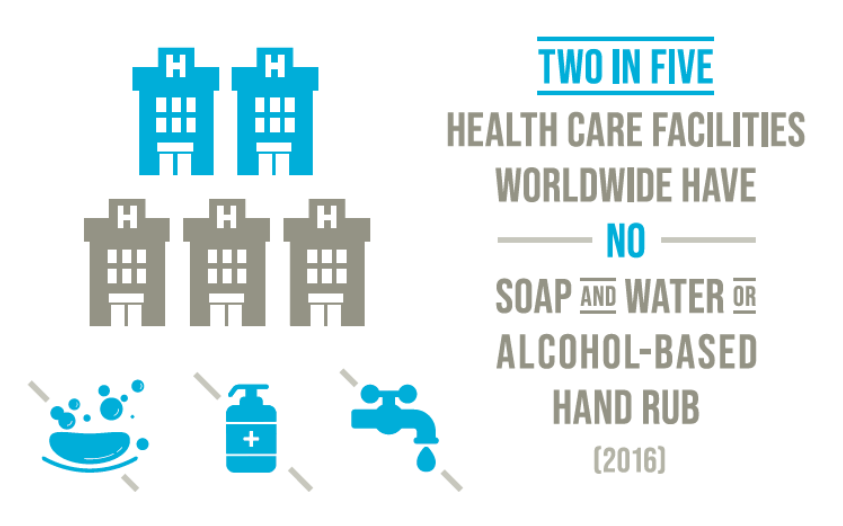 By managing water sustainably, it is possible to better manage the production of food and contribute to economic growth. In 2018, 60% of countries reported very lower tier levels of implementation of integrated water resources management and were unlikely to meet the implementation target by 2030. Approximately 70% of all water abstracted from rivers, lakes, and aquifers is used for irrigation, and more than 80% of wastewater resulting from human activities is discharged into rivers or seas without pollutant removal. The adverse effects of climate change can decrease the extent of freshwater bodies, thus worsening ecosystems, agriculture and livelihoods.
By managing water sustainably, it is possible to better manage the production of food and contribute to economic growth. In 2018, 60% of countries reported very lower tier levels of implementation of integrated water resources management and were unlikely to meet the implementation target by 2030. Approximately 70% of all water abstracted from rivers, lakes, and aquifers is used for irrigation, and more than 80% of wastewater resulting from human activities is discharged into rivers or seas without pollutant removal. The adverse effects of climate change can decrease the extent of freshwater bodies, thus worsening ecosystems, agriculture and livelihoods.Sustainable Management
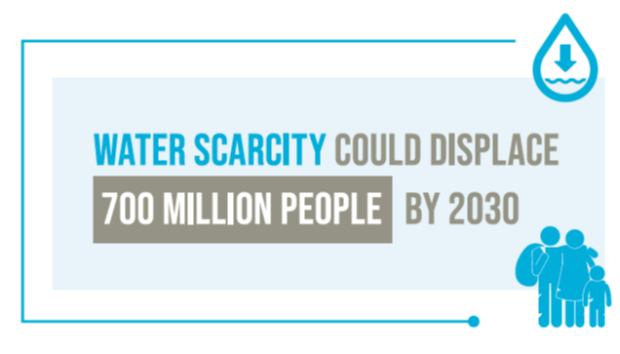 Sustainable management of water resources and access to safe water and sanitation are essential for unlocking economic growth and productivity. Water shortages undercut food security and the incomes of rural farmers; improving water management makes national economies and the agriculture and food sectors more resilient to rainfall variability and thus able to fulfill the needs of a growing population. Protecting and restoring water-related ecosystems and
Sustainable management of water resources and access to safe water and sanitation are essential for unlocking economic growth and productivity. Water shortages undercut food security and the incomes of rural farmers; improving water management makes national economies and the agriculture and food sectors more resilient to rainfall variability and thus able to fulfill the needs of a growing population. Protecting and restoring water-related ecosystems and their biodiversity can ensure water purification and water quality standards.
READY TO TAKE ACTION?
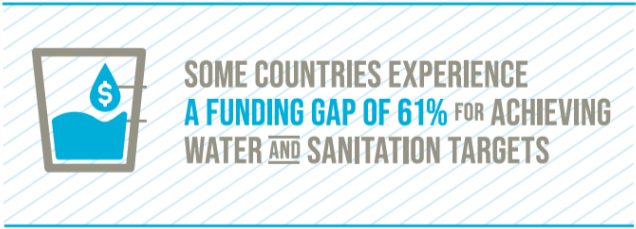
We’re taking the fight to Congress. Email This email address is being protected from spambots. You need JavaScript enabled to view it. for more info on how you can join us on Capitol Hill and beyond.
LEARN MORE


